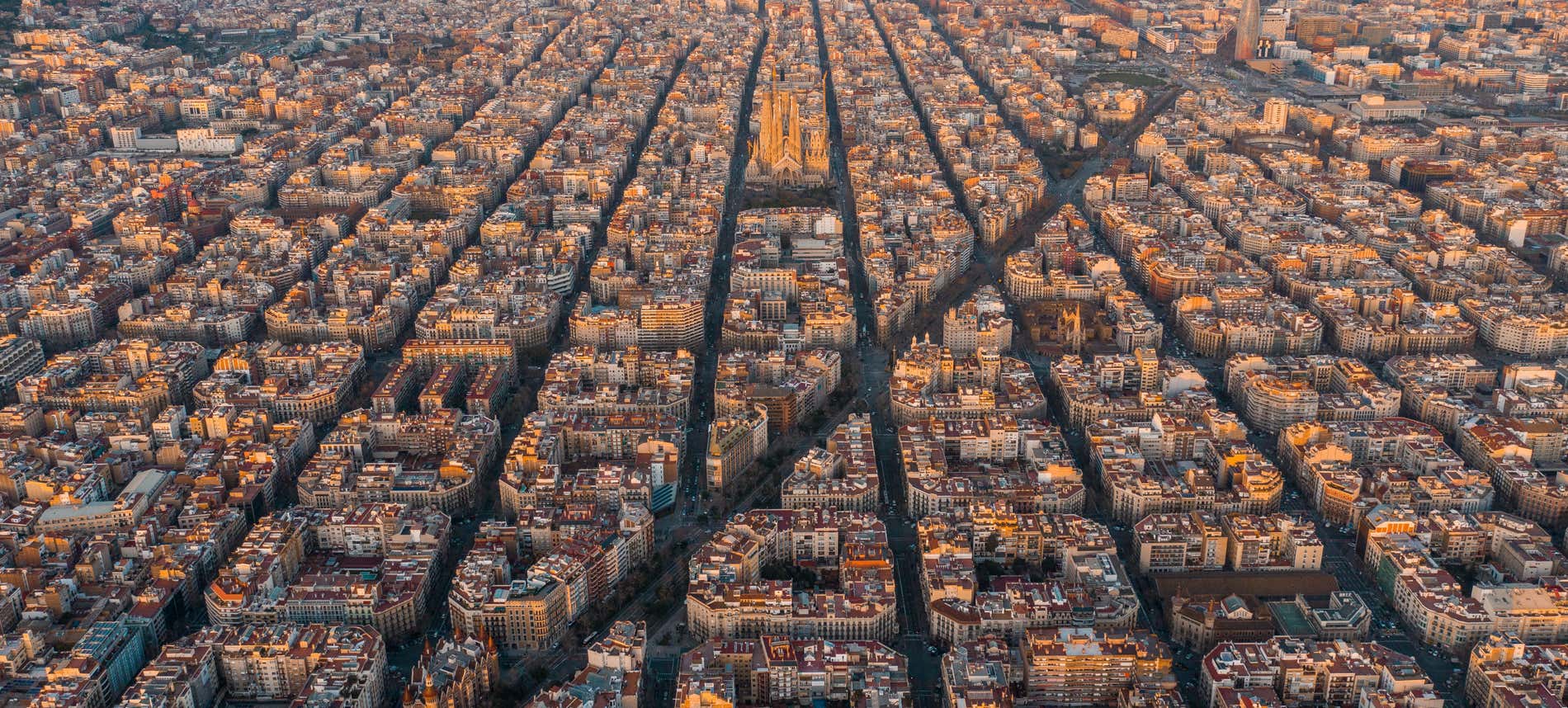Top 10: Things to Do in San Sebastian
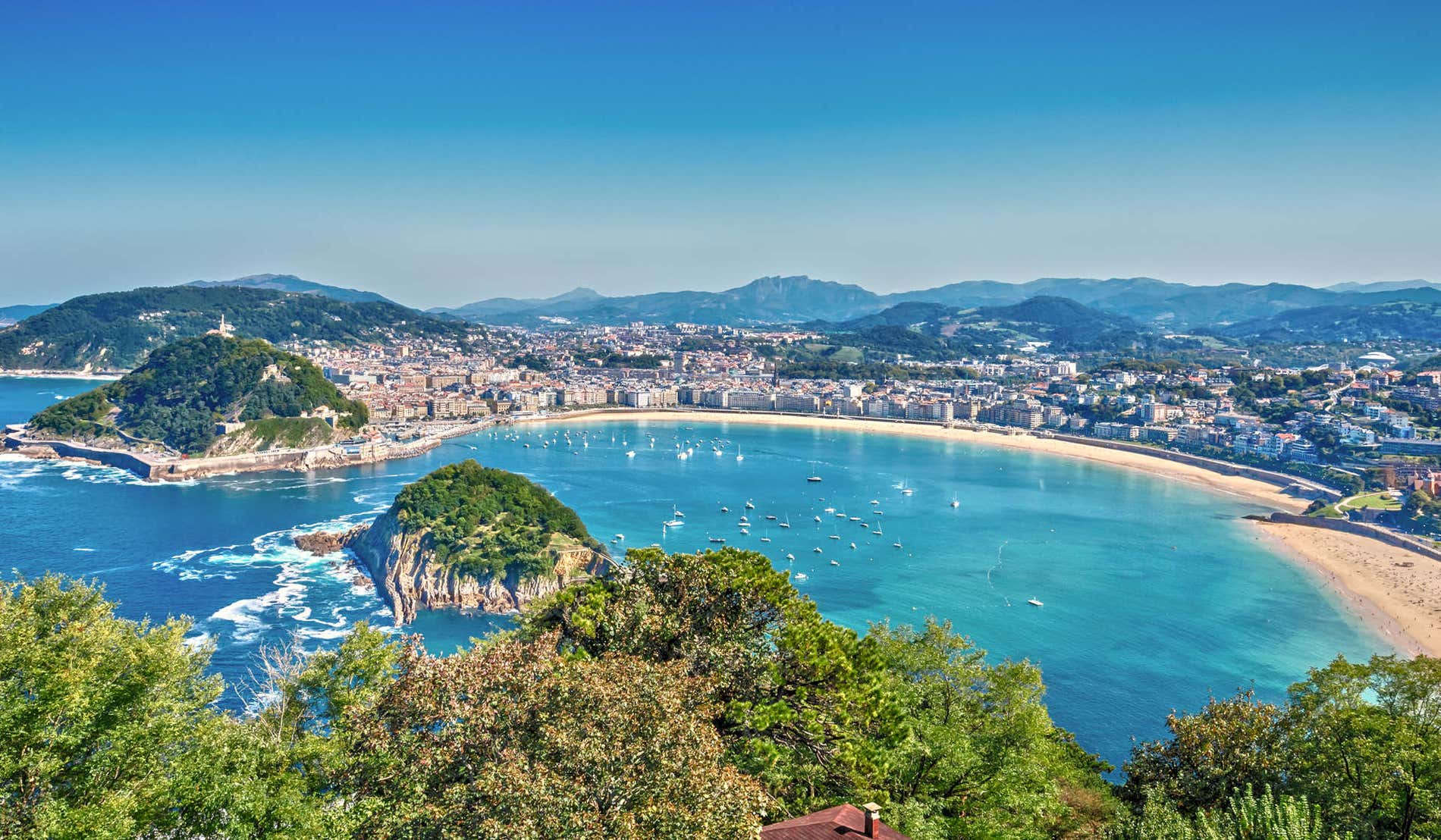
San Sebastian (Donostia in Basque) is widely regarded as one of the most beautiful cities in Spain. It was a popular summer holiday spot for the bourgeoisie and aristocracy from all over Europe in the 20th century. Today, this Basque town has loads of attractions that are well worth exploring.
Located in a beautiful natural spot on the coast, with elegant buildings, a rich history and exquisite gastronomy, a trip to San Sebastian should definitely be on the cards. If you’re planning a holiday to the Basque Country and don’t know what to see in San Sebastian, at Civitatis we’ve made it easy for you. Let’s get started!
1. Playa de la Concha (La Concha Beach)
We can’t talk about San Sebastian without starting with its beach. La Concha Beach is considered by many to be the most beautiful urban beach in Europe and one of the best in the Basque Country. So of course this iconic bay is a must-see on any trip to San Sebastian.
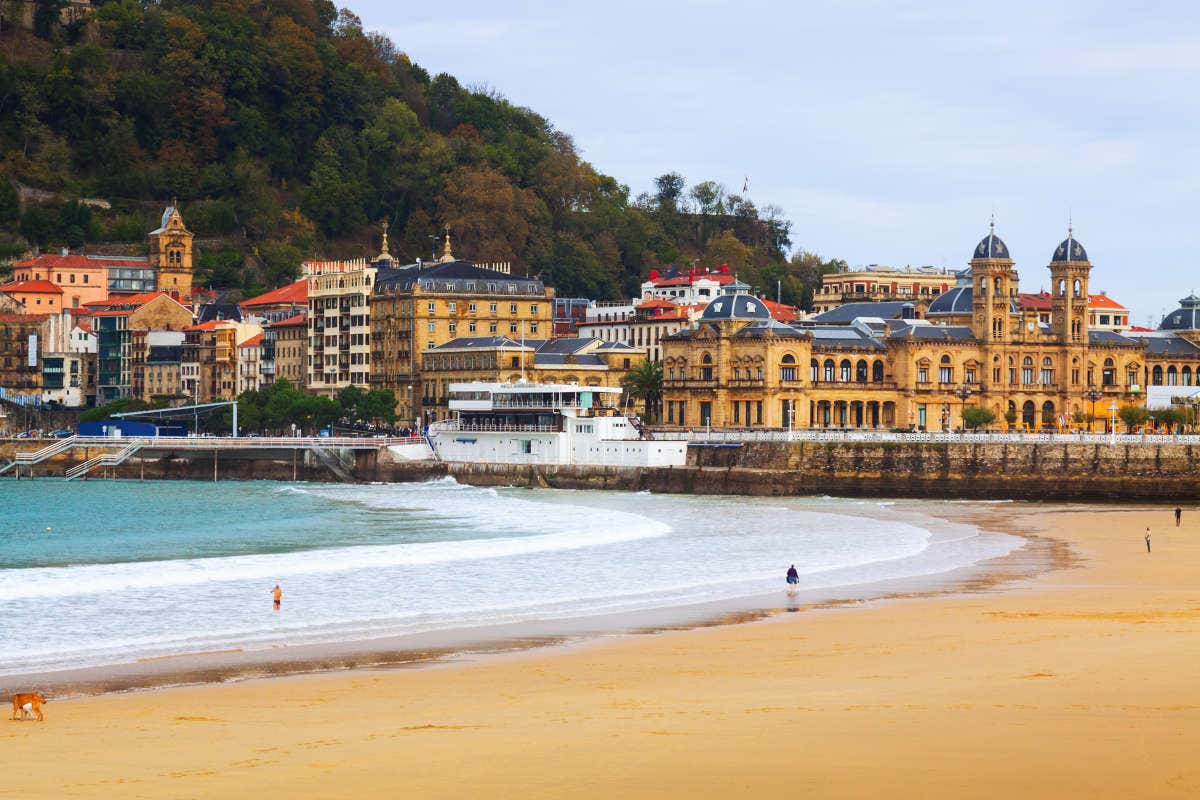
You can enjoy a stroll along La Concha Beach at any time of year. Its elegant promenade, more than 1 kilometre (0.6 miles) long, is decorated with Belle Époque buildings from the late 19th and early 20th centuries. These beautiful buildings date back to when tourism was on the rise in San Sebastian, and the city sought to make itself a luxury destination.
2. Miramar Palace
Between La Concha Bay and Ondarreta Beach is the Miramar Palace. This elegant mansion, located on a hill, overlooks the city of San Sebastian. The Miramar Palace was built by order of Queen María Cristina of Hapsburg in 1893 as her summer residence in the Province of Guipúzcoa. The palace boasts one of the most elegant gardens in San Sebastian, with beautiful flowers and small trees.
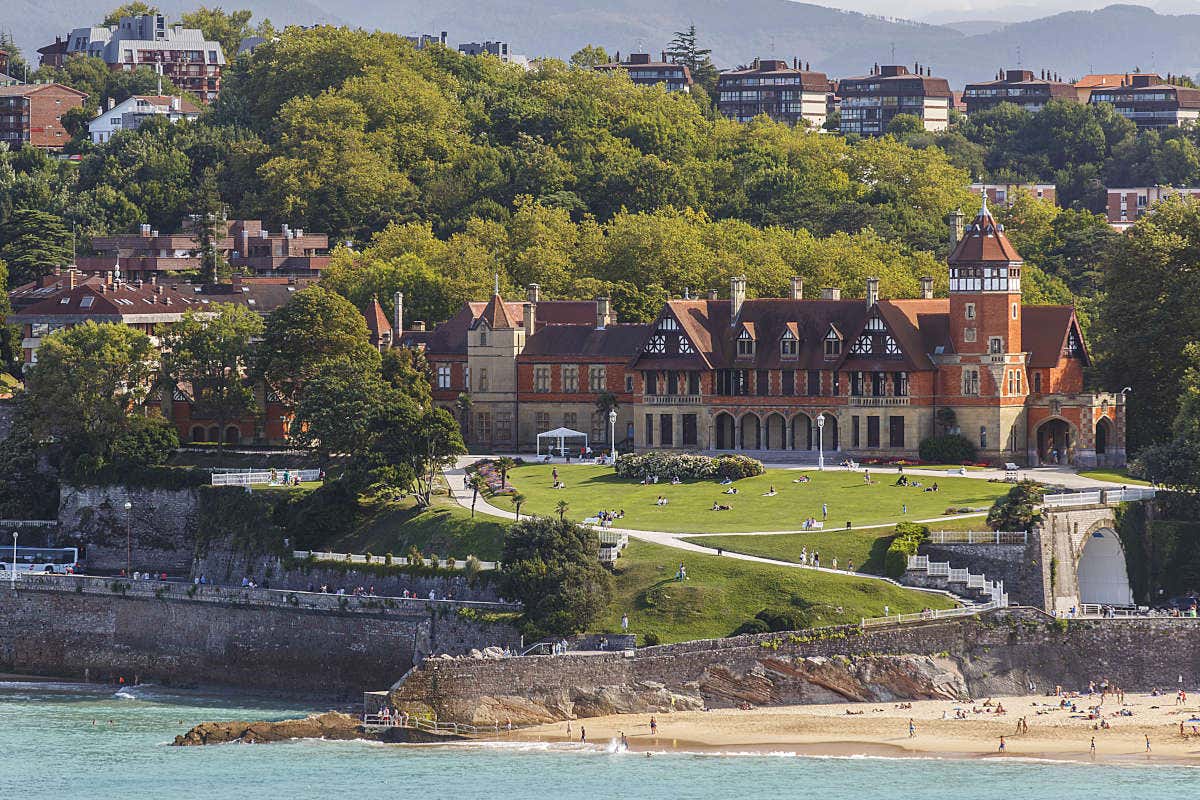
Many locals come here to relax and enjoy views of the bay. Despite this English-style palace not being open to the public, it’s well worth admiring the details of its architecture from the outside and marvelling at the stunning coastal views.
3. The City Centre of San Sebastian
This central area of San Sebastian was designed after the demolition of the city walls at the end of the 19th century to expand the city. Designed with elegant urban planning, it has many modern buildings that mark a before and after in the history of the city.
A must-see in this area is the Town Hall. Originally a casino in 1897, the building attracted many celebrities of the time, such as Mata Hari, the Shah of Persia, and the Rothschild family. Essential spots to visit nearby are the Plaza de Gipuzkoa and the Cathedral of the Good Shepherd, both of which have an architectural style often likened to French and German medieval churches.
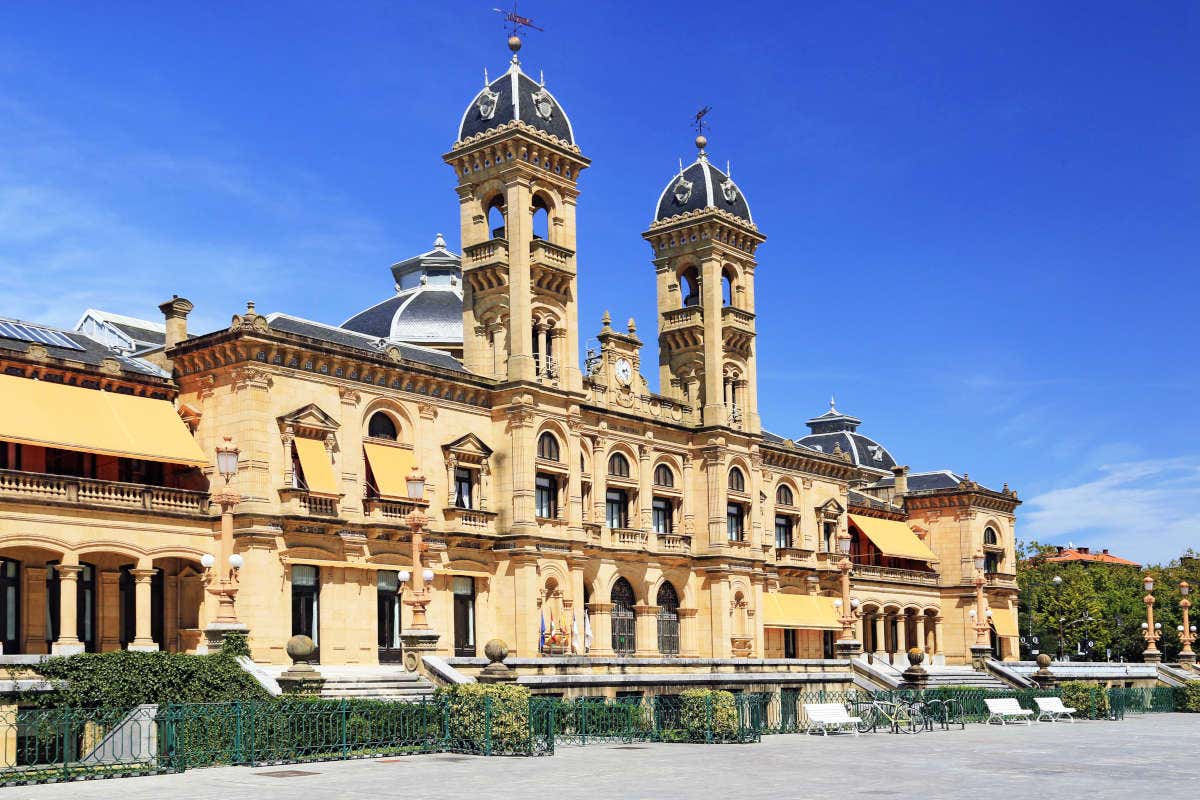
To top off your tour of the city centre, we suggest strolling around Plaza de Bilbao, crossing the María Cristina Bridge and delighting at the Paseo de Francia, on the other side of the Urumea River.
4. San Sebastian Old Town
If you want to explore any city, you should always head to its Old Town. San Sebastian is definitely no exception! You’ll adore its quaint cobbled streets and the hustle and bustle of the local bars. In fact, it’s the best place to try famous pintxos – a type of tapas typical in the Basque Country.
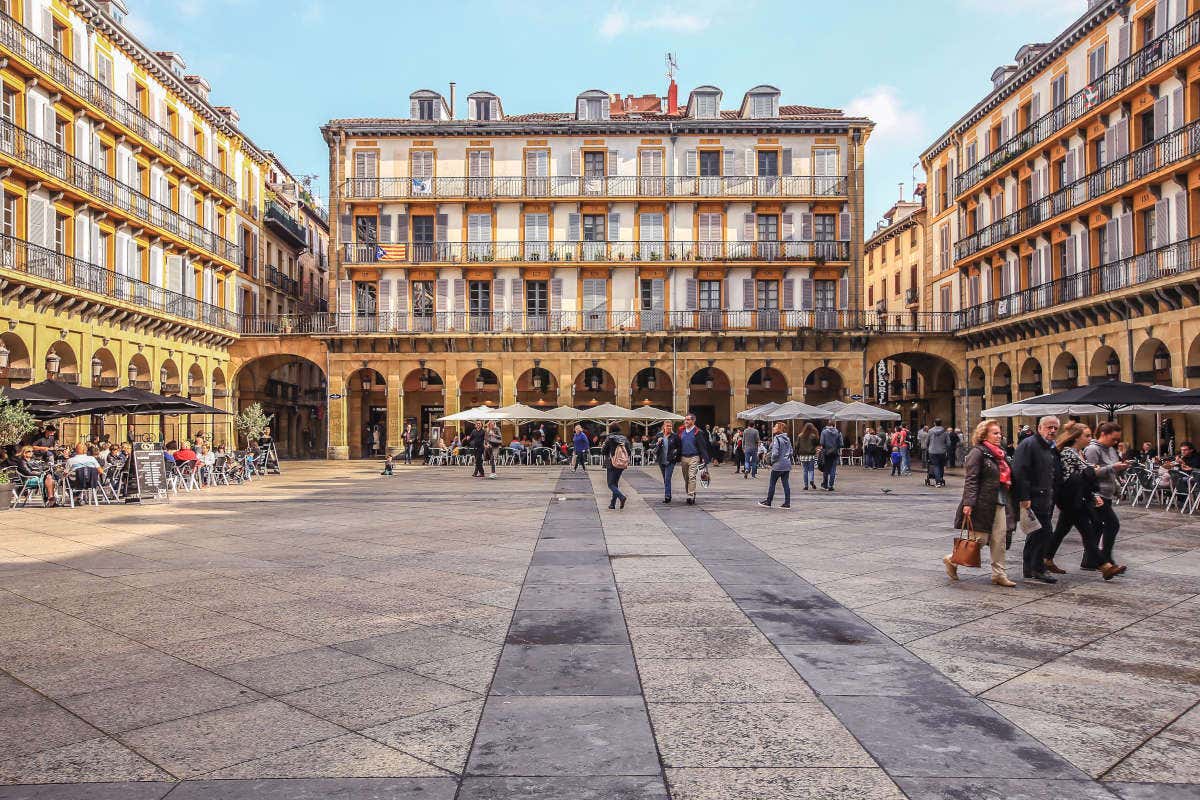
Basque cuisine is one of the main attractions in the region. Bars are always filled with these delicious bites: a real treat for your tastebuds! So, why not take a pintxo tour in San Sebastian? With your stomachs full, it’s time to explore San Sebastian’s Old Quarter. Marvel at Plaza de la Constitución and some of the oldest churches in the city, such as San Vicente or the Basilica of Santa María.
5. Paseo Nuevo in San Sebastian
Another essential spot in San Sebastian is Paseo Nuevo or New Promenade. This walkway goes all around Mount Urgull, starting at the Zurriola Bridge and ending at the port. As you stroll along Paseo Nuevo, you can admire some of the town’s fantastic scenic points, such as the Conference Centre, Kursaal Auditorium, Castle of La Mota and Zurriola Bridge. Remember to keep an eye out for the iconic Art Deco-style lampposts!
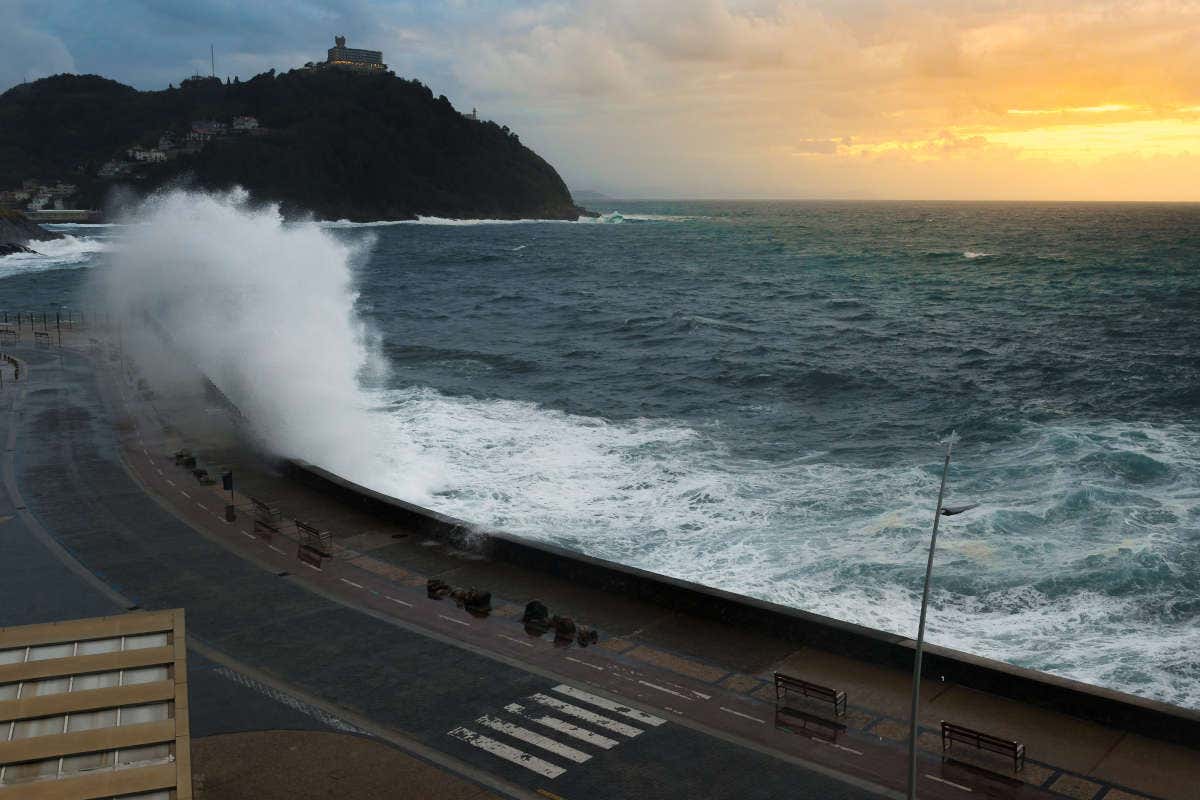
Despite usually being a very pleasant walk, when the sea is rough, the waves can break onto the promenade which can be dangerous – so take care!
6. Monte Igueldo
Still wondering what to see in San Sebastian? For the best panoramic view of the city, you should head to Monte Igueldo. The funicular railway takes you to the top (180 metres (59 feet) above sea level) in just a few minutes. From here, there are marvellous views of the whole city, plus the coast of Gipuzkoa and the Cantabrian Sea.
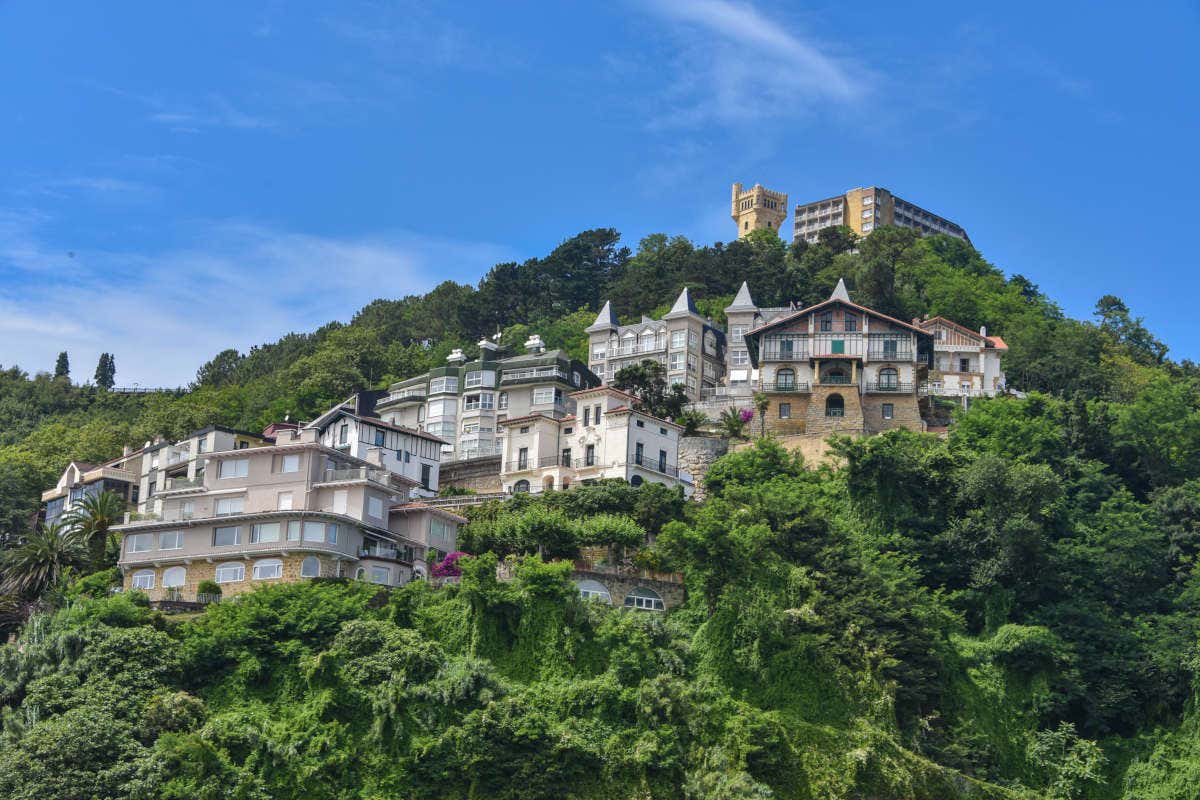
Once at the top, you can find Monte Igueldo Amusement Park, which has beautifully preserved its 20th-century charm. San Sebastian owes much of its fame to this period. In fact, the funicular railway opened in 1912. On the journey up the hill, you can admire stunning views and feel like you’re travelling back to another romantic time. We thoroughly recommend taking the funicular railway instead of driving!
7. Monte Urgull
For similar spectacular views, head to Mount Urgull, the city’s most important historical heritage site. Urgull is a must-see in San Sebastian since you can learn about the city’s military past. On the way up, you’ll see different fortifications and parts of the wall that protected San Sebastian from various attacks.
A key moment in Mount Urgull’s history was the fire that devastated the old quarter. The battle between Gallic troops and the Anglo-Portuguese army destroyed the city in 1813.
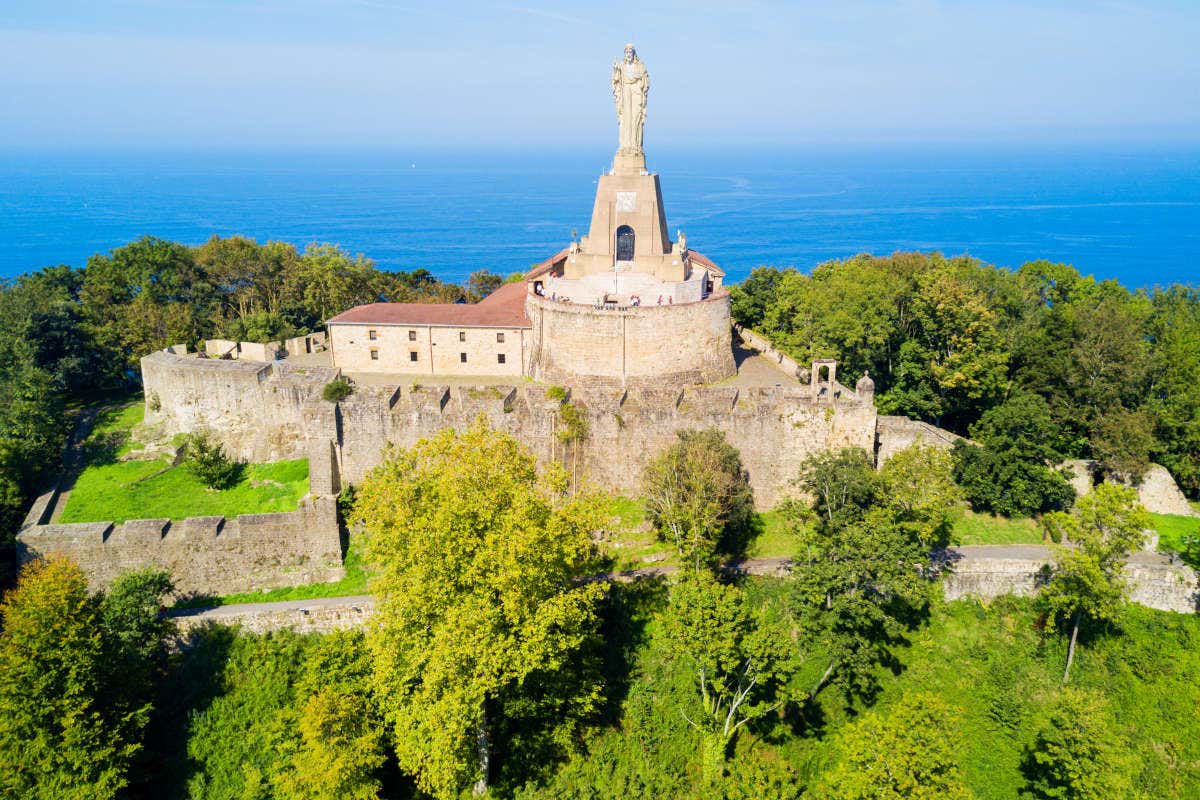
After becoming a public park in the 20th century, today you can stroll around a delightful natural landscape with incredible viewpoints with views of the sea and city. To top off your walk around Mount Urgull, head to the Sagrado Corazón. This guardian of the city observes everything that happens in San Sebastian from the top of the mountain.
8. The Comb of the Wind
Our final stop on our tour of San Sebastian is a spot where art and nature combine. The Comb of the Wind is a set of three steel sculptures designed by Eduardo Chillida. Located at the end of Ondarreta Beach, these monuments regularly resist the incredibly strong waves of the sea.
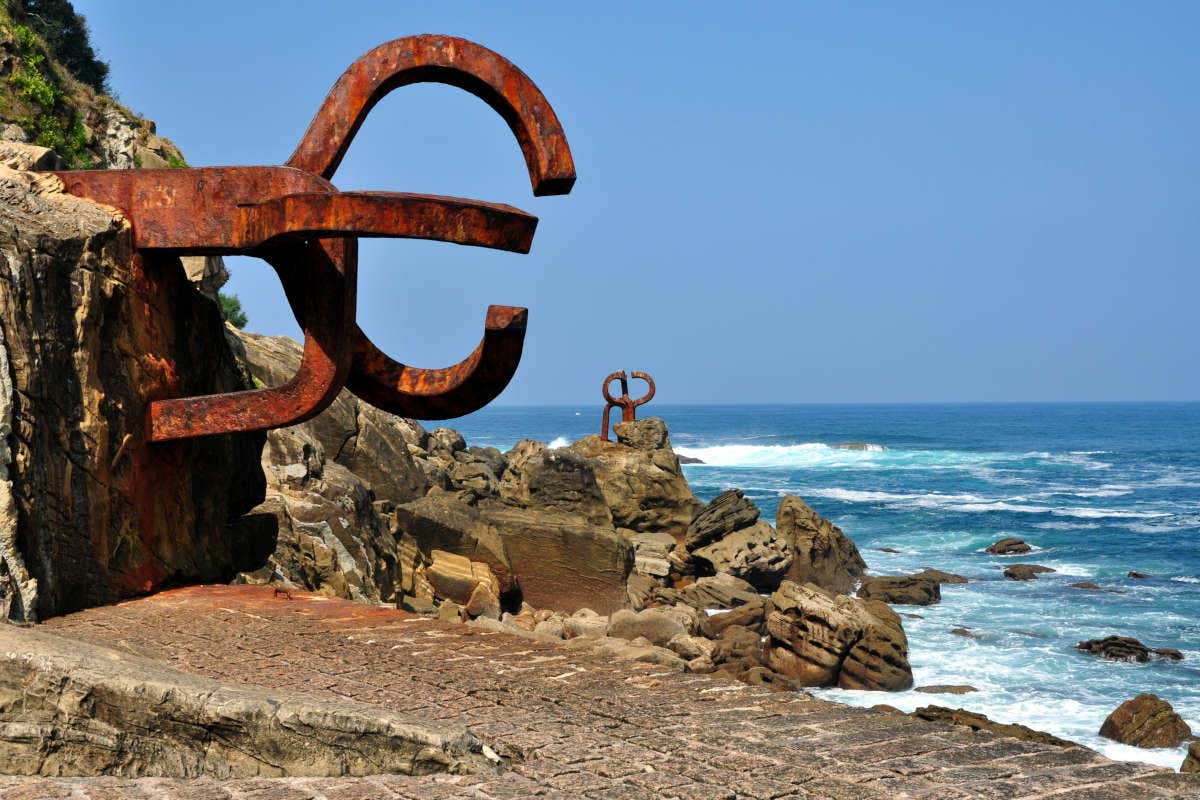
The sculptures are built into the natural rocks, which shoot water upwards through the holes when strong waves hit the pipes. It’s quite a sight to see! There’s a viewing area from where you can admire this captivating spectacle.
9. Santa Clara Island
One of the best things to do while in San Sebastian is to grab a boat over to the lovely Santa Clara Island. This island is smack bang in the middle of the bay of La Concha. On it, you’ll find a small beach (at low tide), a bar and areas to enjoy a picnic! What’s more, Santa Clara provides terrific views of the city! Enjoy this boat cruise at Santa Clara to experience it for yourself!
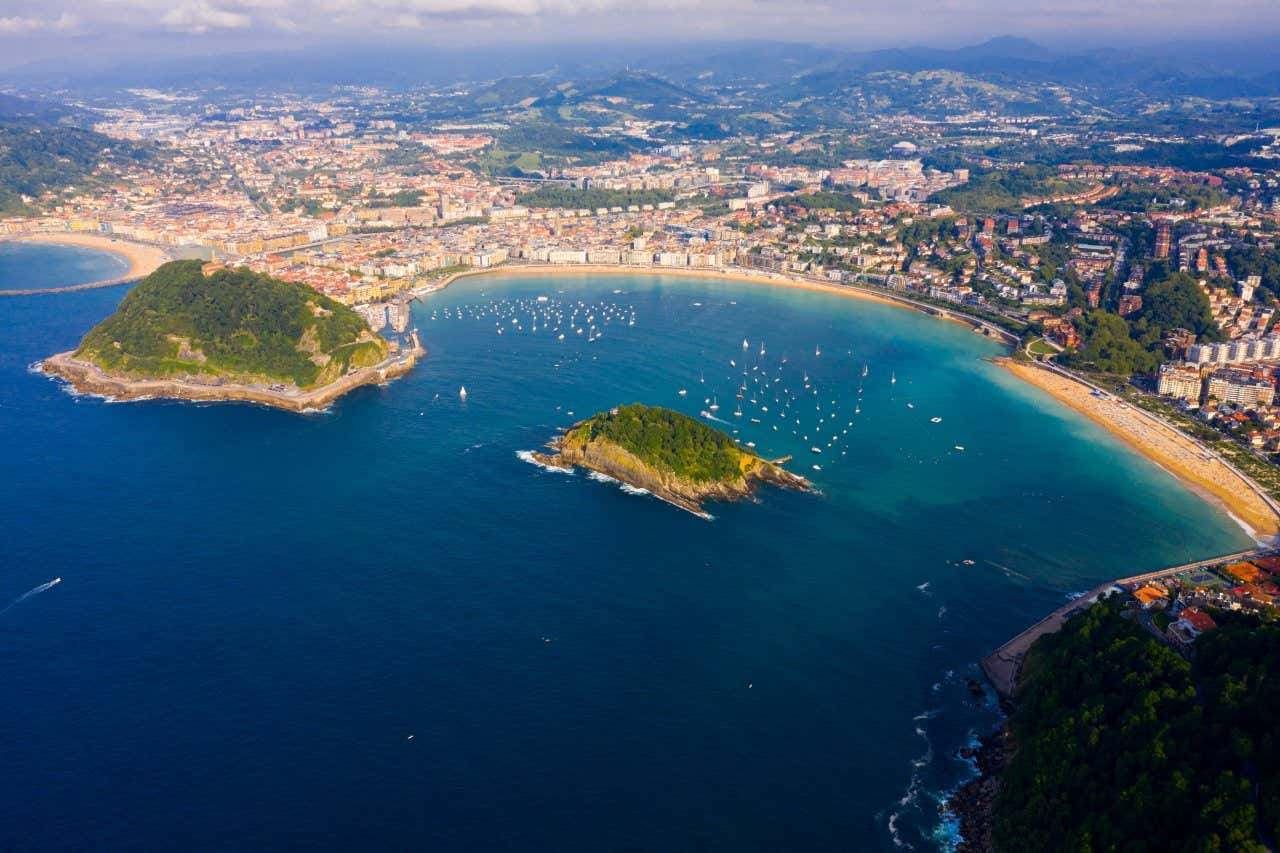
Interestingly, the island was used in the 16th century to house those who were infected by the plague in order to slow the spread of infection. Santa Clara is also home to a disused lighthouse which you can see for yourself.
10. Traditional Cider House
San Sebastian is also known for its production of cider. Across the city, you’ll find various traditional cider houses, some of which allow guided visits. On this traditional Basque cider house tour, you’ll learn about everything from the apple orchards to the cellars to the production process. You’ll also experience the ‘txotz‘ ritual, during which you’ll be able to taste the cider, directly from one of the vats!
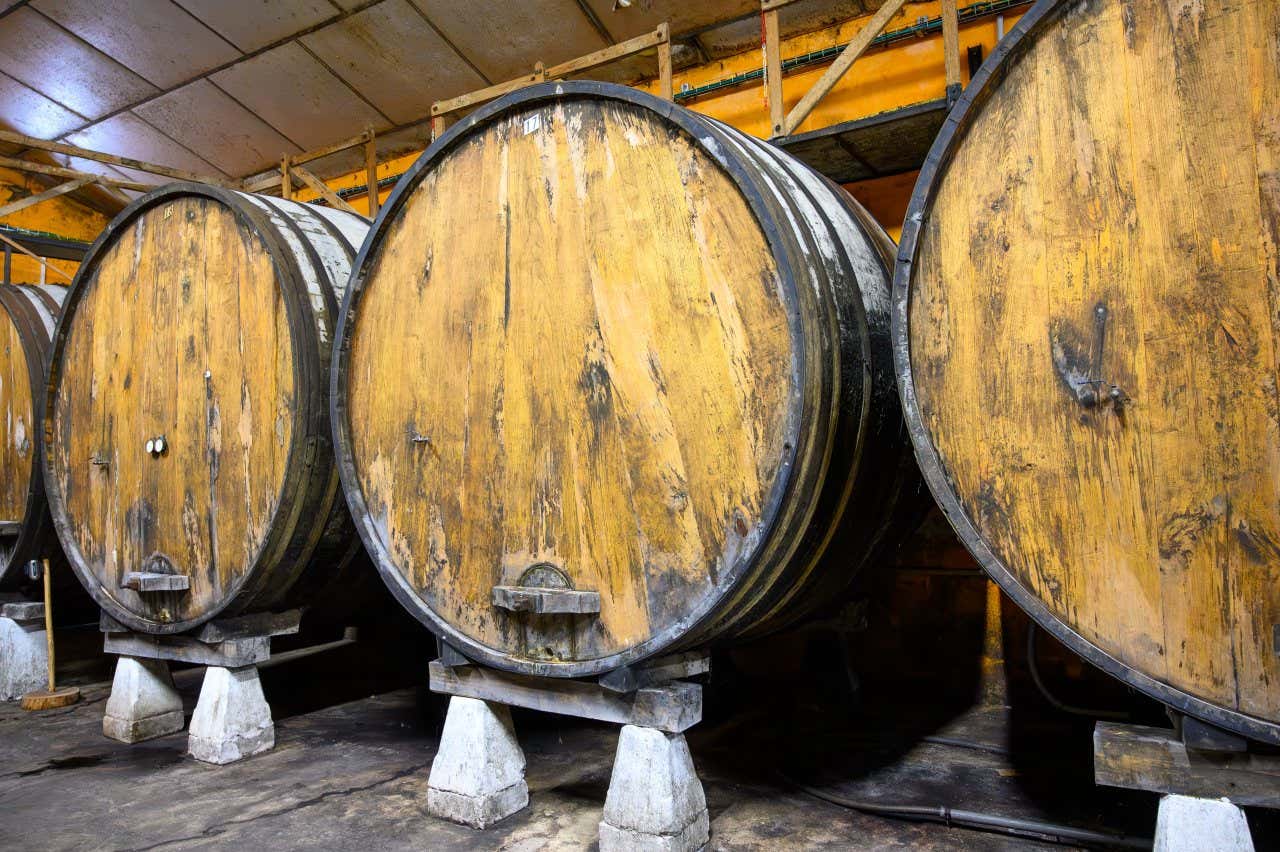
By the end of this experience, you’ll be an expert in cider tasting, and you’ll also have gained a fascinating insight into the cultural significance of this delicious drink.
There you have it! Those are our top things to do and see when visiting San Sebastian! Of course, there’s plenty more to do in the city, along with day trip options. If you’re visiting, be sure to have a look at more activities in San Sebastian with Civitatis. Bidai ona!





